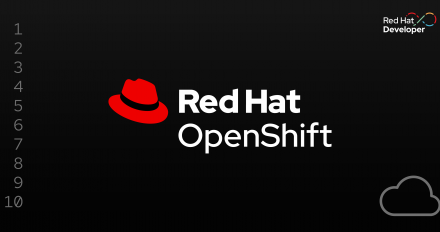
Deployment of Red Hat OpenShift Data Foundation using GitOps
Deploy Red Hat OpenShift Data Foundation (ODF), a unified data storage solution

Deploy Red Hat OpenShift Data Foundation (ODF), a unified data storage solution
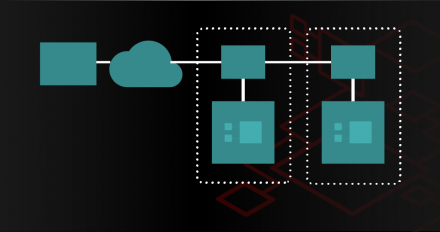
Learn how to achieve complete service mesh observability on OpenShift by integrating OpenShift Service Mesh 3.2, cluster monitoring, and Perses.
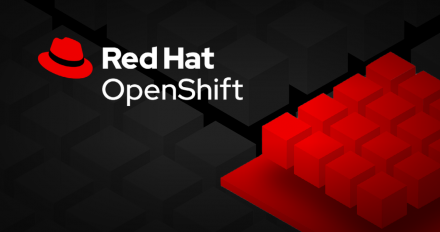
Discover the new Camel dashboard for OpenShift to monitor a fleet of Camel applications smoothly and organically across your cluster.
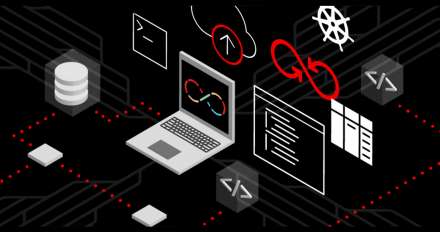
Discover the new features of Red Hat build of Apache Camel 4.14, including enhanced integration components, visual JSON data mapping, Camel dashboard, and more.
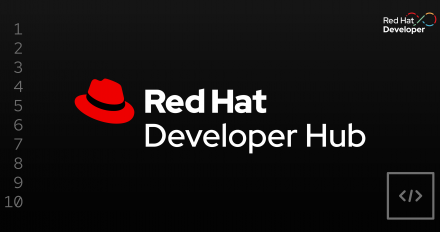
Learn how to install and use new MCP plug-ins for Red Hat Developer Hub that provide tools for MCP clients to interact with it.

Your Red Hat Developer membership unlocks access to product trials, learning resources, events, tools, and a community you can trust to help you stay ahead in AI and emerging tech.
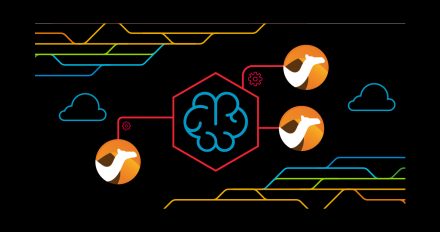
Dive into the Q3’25 edition of Camel integration quarterly digest, covering the
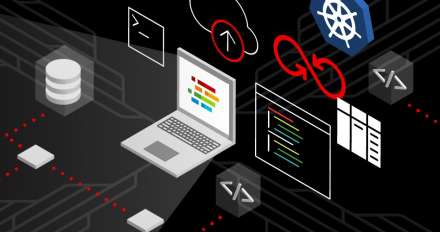
Explore the basics of quantum computing, its implications for real-world software development, and how it connects to Red Hat technologies like OpenShift.
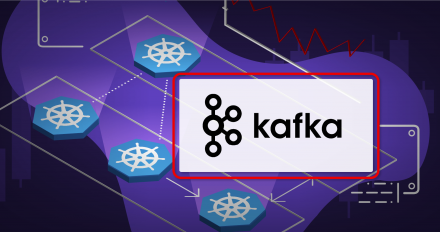
Learn about the Apache Kafka's KRaft protocol, a consensus algorithm that ensures fault tolerance and consistency in a network of interconnected nodes.
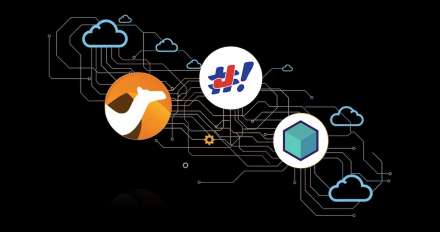
Discover how Camel JBang's infra command simplifies local development by launching real back ends like Kafka and Artemis, eliminating complex mock setups.

The video demonstrates Camel JBang's infra command, showcasing how it simplifies prototyping by instantly launching backend systems like messaging brokers using Testcontainers and Docker. In this 15-minute demo, viewers will see a practical example of setting up and testing integration flows locally with minimal setup.
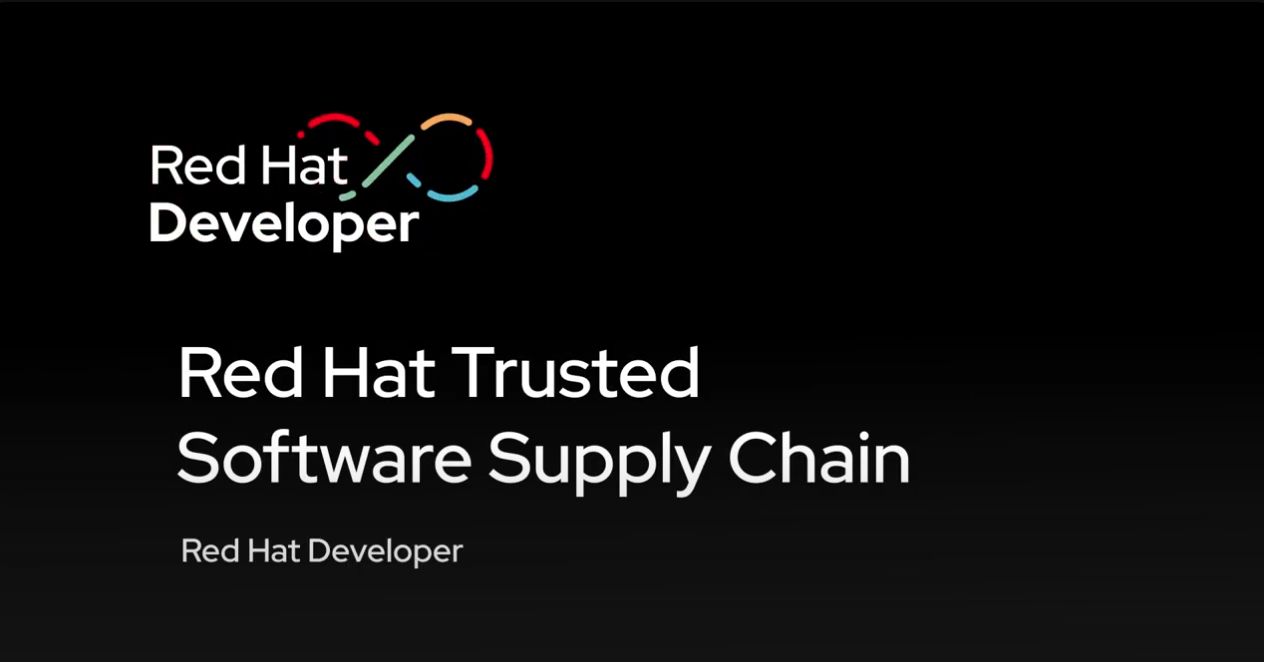
Learn how Red Hat Trusted Software Supply Chain delivers solutions for integrated security guardrails. It provides trusted, open-source solutions delivered as a cloud service, pre-signed and certified with built-in provenance checks, which eliminates the need for you to do them.

Learn how to optimize Kafka consumption from remote storage. Explore 2 critical problems, their solutions, and tuning advice for remote data consumption.

Microsoft has added full support for cgroup v2, which is a big step forward for memory management on Red Hat Enterprise Linux.

Dive into the Q2’25 edition of Camel integration quarterly digest, covering the

Discover how to deploy Ethernet Virtual Private Network (EVPN) in Red Hat OpenStack Services on OpenShift version 18 (18.0.10 FR3).

This article discusses how the HaProxy router settings affect middleware applications, such as JBoss EAP 7/8 and OpenShift Serverless.
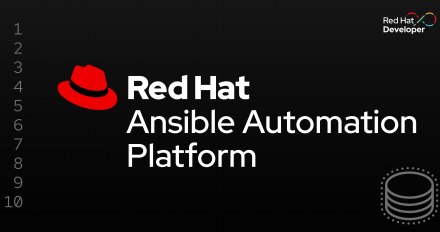
The integration of Ansible Automation Platform with ServiceNow bridges the gap between cloud automation and IT service management, enabling teams to work faster.

Discover why Kafka is the foundation behind modular, scalable, and controllable AI automation.
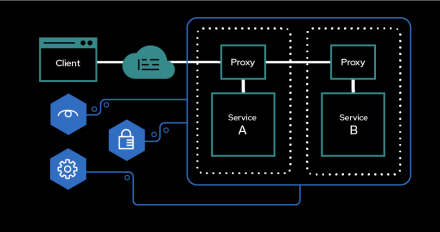
Learn how to secure, observe, and control AI models at scale without code changes to simplify zero-trust deployments by using service mesh.
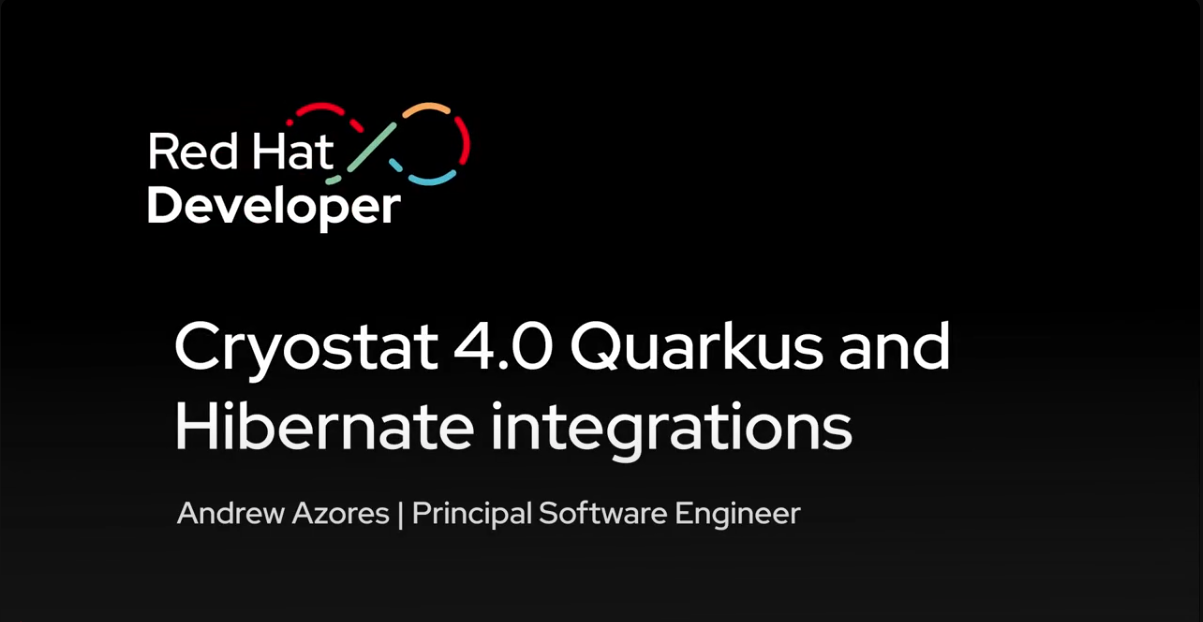
This demo and tutorial highlights the framework-level JFR event support within Quarkus and Hibernate ORM. It explains how Cryostat 4.0 offers pre-configured event templates and automated rules, enabling application developers, DevOps, and administrators to efficiently capture essential observability events.

Use Camel's fast prototyping using low-code UI and commands to build your integration flows and deploy them on OpenShift.

Red Hat build of Apache Camel 4.10 brings enhanced integration components, unified observability, expanded cloud and messaging support, and more.
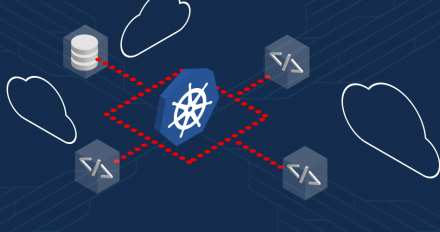
Build scalable Skupper Virtual Application Networks with Ansible 2.0. Deploy, link, and manage Skupper sites across platforms for robust app connectivity.

Learn how integration powers AI with Apache Camel at Devoxx UK 2025. Explore